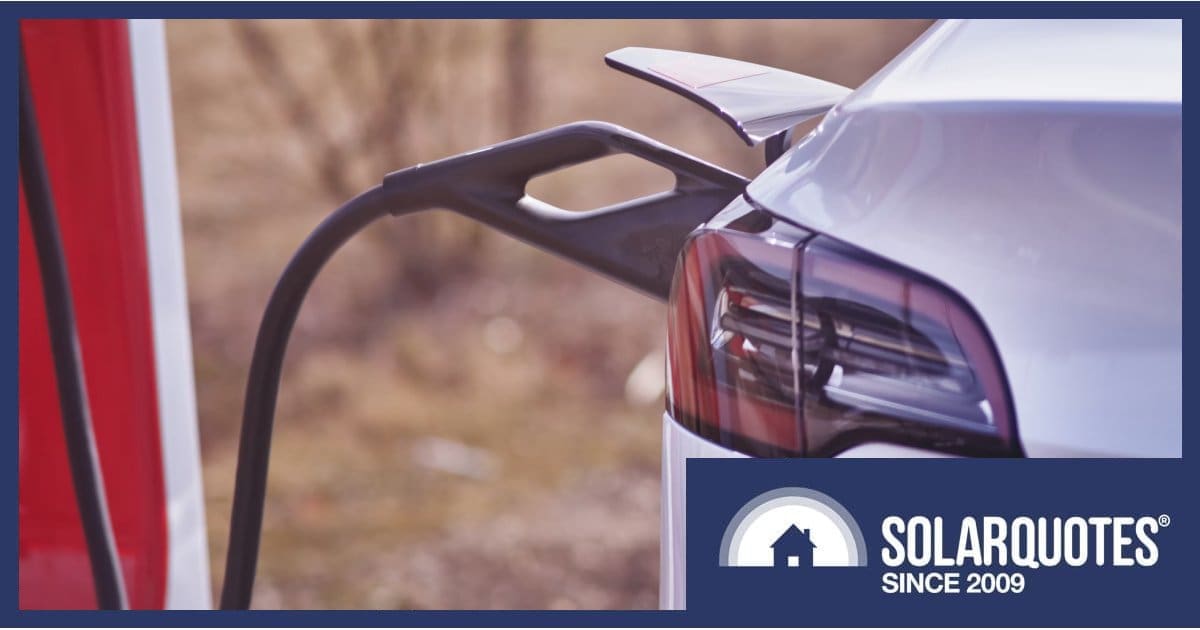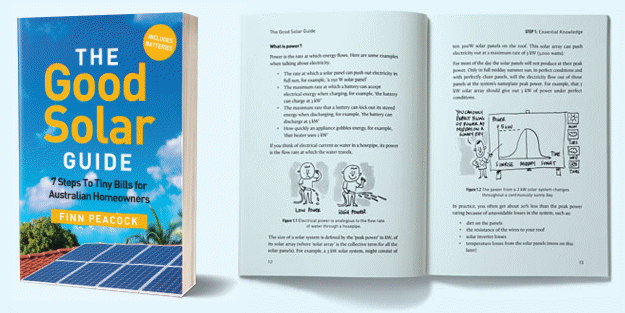Applications for new grants for electric delivery vans and public charging stations kick off this week in Tasmania under the state’s Deliver-E and ChargeSmart programs.
Deliver-E Program
On Saturday, Tasmanian Minister for the Environment Madeleine Ogilvie announced small businesses will be able to apply for grants of $2,500 for the purchase of a cargo e-bike and $20,000 for an electric delivery van from February 6.
“Everyone stands to benefit through more electric vehicles in our streets,” said Minister Olgivie. “More EVs mean less emissions and less noise pollution, particularly in urban areas. Cargo e-bikes also promote active transport, which carries several health and wellbeing benefits.”
The grants are capped at $25,000 per business and the total amount of funding isn’t much – $300,000; enough for just 12 electric vans. There’s little in the way of further details at this point, other than grants will be issued on a first-come, first served basis until funding is fully located. With just $300k in the kitty, that mightn’t be long.
Deliver-E applications open on February 6, and further information will be available here.
Among the electric delivery vans currently available in Australia are the:
- Ford e-Transit
- LDV eDeliver 7 and 9
- Mercedes-Benz eVito, eSprinter, and EQV
- Peugeot E-Partner
- Renault Kangoo E-Tech L1 and L2
From that list, it looks like the cheapest vans are the Peugeot E-Partner (from $49,990 drive away in TAS at the time of writing), LDV eDeliver 7 (from $63,990 drive away for ABN holders), and Kangoo E-Tech L1 (from $67,000 drive away); but of course specifications and capabilities of all on the list vary.
As for EV grants for non-commercial vehicles; unfortunately the cupboard is now bare. Tasmania’s EV incentive, which provided rebates of $2,000, ended in October 2024. A total of $750,000 was available.
ChargeSmart Grants
Another program with a bit more meat on its bones is the ChargeSmart initiative, applications for which also kick off on February 6.
Eligible organisations can apply for grants of up to $50,000 per site towards the upfront cost of purchasing and installing or upgrading existing electric vehicle fast-charging infrastructure for public use.
A dollar‑matched co-contribution is required from recipients, and eligible organisations include:
- local government agencies (such as councils)
- not-for-profit organisations
- incorporated community groups (or those with an incorporated sponsor)
- for-profit incorporated organisations
- businesses with an active ABN that was activated before 1 January 2025.
Minimum operating standards for government-supported public electric vehicle charging infrastructure apply, which kicked in at the beginning of January last year.
There’s $550,000 in the funding pool for this initiative, which aims to address gaps in Tasmania’s existing EV fast charging network, install new charging stations in cities and arterial routes, and boost the capacity of existing public charging stations.
Grant applications open at 10:00 am on February 6 and close at close at 2:00 pm on March 24, 2025. Applicants will be notified in May this year regarding outcomes. Further information is available here.
The previous round of the ChargeSmart Program in 2021 saw a total of $710,500 in grants. Electric Highway Tasmania did particularly well from it, scoring $320,000 for projects at ten sites.
The Deliver-E and ChargeSmart programs are being delivered as part of Tasmania’s Transport Emissions Reduction and Resilience Plan 2024-29.
On a related note, summaries of incentives for electric vehicles, EV chargers, solar panels, batteries, energy efficiency upgrades and more in each Australian state and territory can be found on SQ’s rebates and subsidies page.
Trivia: Among all Australian states and territories, vehicles in Tasmania reportedly have the oldest average age – 13.21 years compared with a national average of 11.25 years. That being the case, the Tasmanian fleet is more likely to have higher than average emissions than the national fleet according the State Government. Tasmania also has a higher number of vehicles per person than other states and territories. (Source: Transport Emissions Reduction and Resilience Plan.)


 RSS - Posts
RSS - Posts



I believe that lowering the amount of the subsidy for the electric vans, to 10,000AUD per van, would have a bigger impact – providing for 30 vans, rather than 12.
One problem with BEV vans available in Australia, is that they are mostly deficient – apart from not all having full size spare wheels, I believe that only one model – the Transit van, has V2L, and, to me, BEV vans should mandatorily haveV2L, to attract tradespeople, for powering and recharging power tools.
So, so far, the BEV vans available in Australia,as commercial vehicles, are a bit deficient, and, “not up to scratch”.
Unfortunately I think you’ve mis-read the price on the LDV e-deliver7 van, more like $64990 drive away for the smaller 77kWh battery version.
And yes I agree with the comment about $10k rather than $20k, makes sense to go further and still a good incentive. I wonder where the $20k figure came from?
Hi Pete, you’re right (but I see from $63,990 from my end). I really appreciate you pointing out my error and I’ve corrected the article.